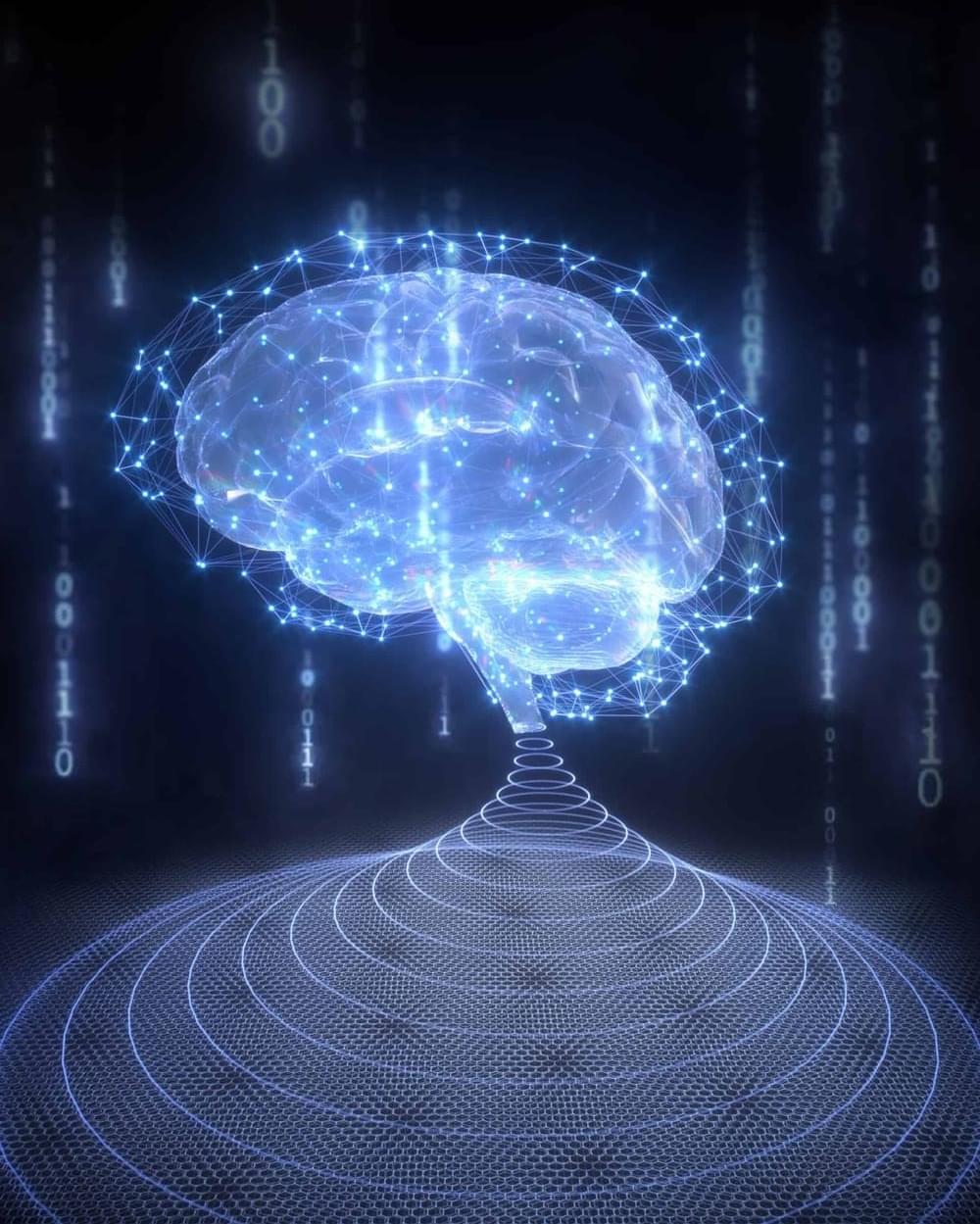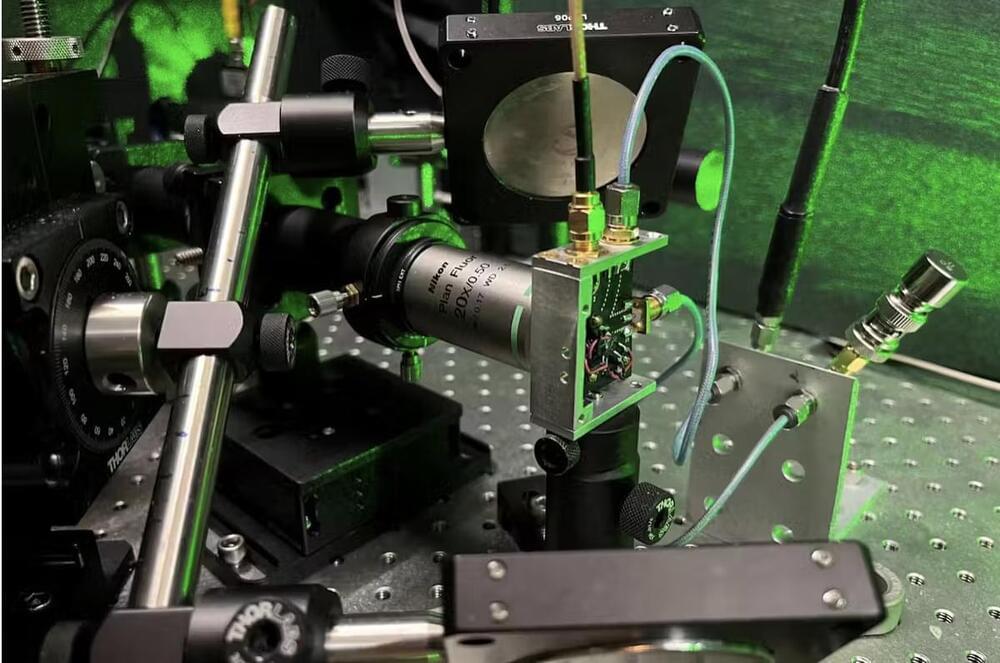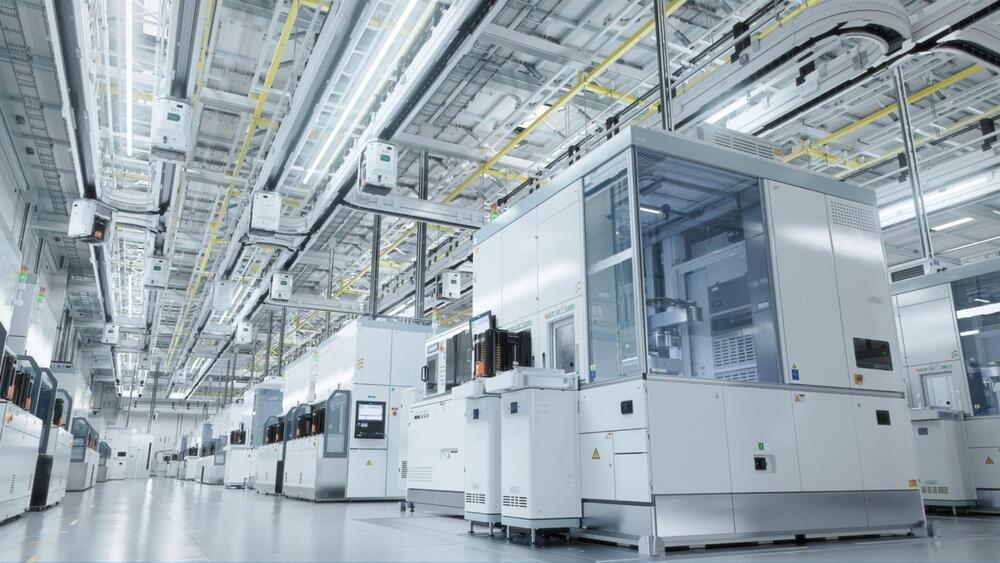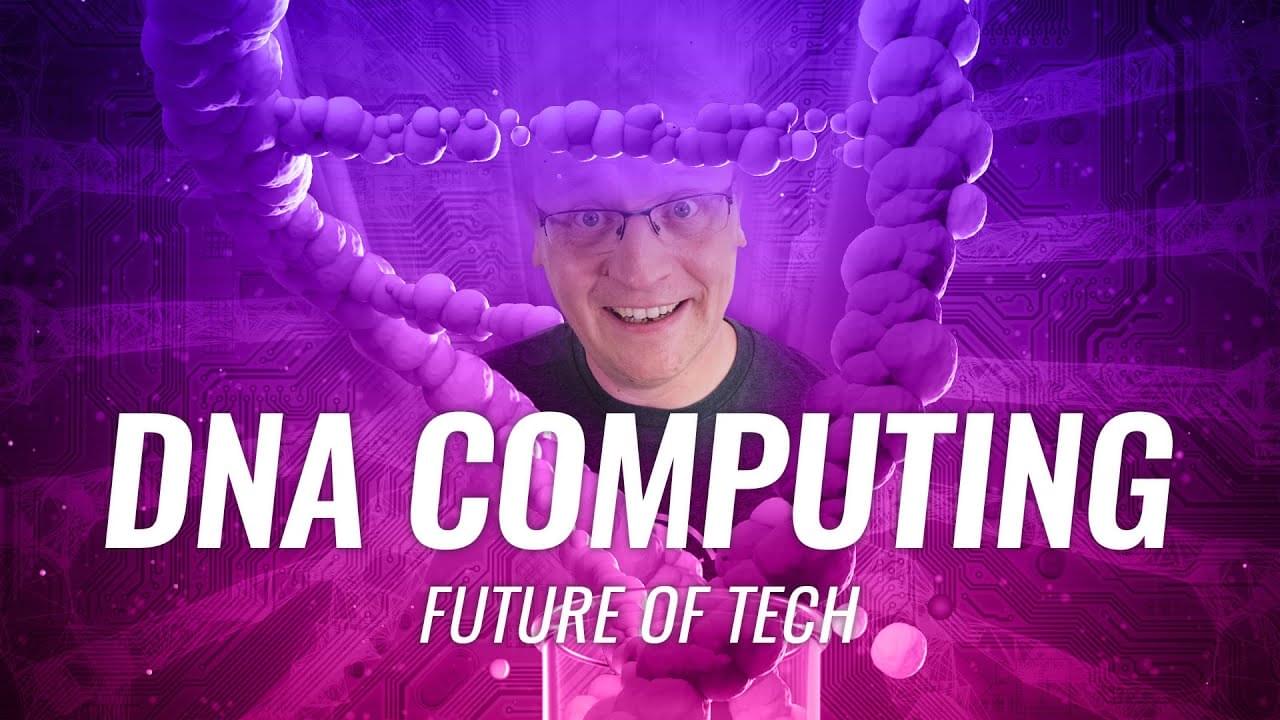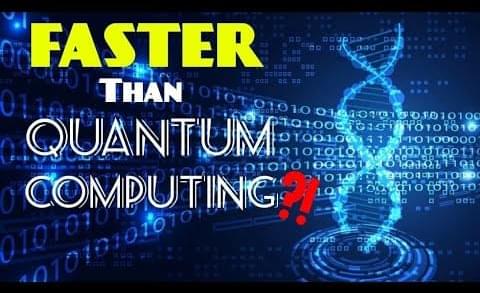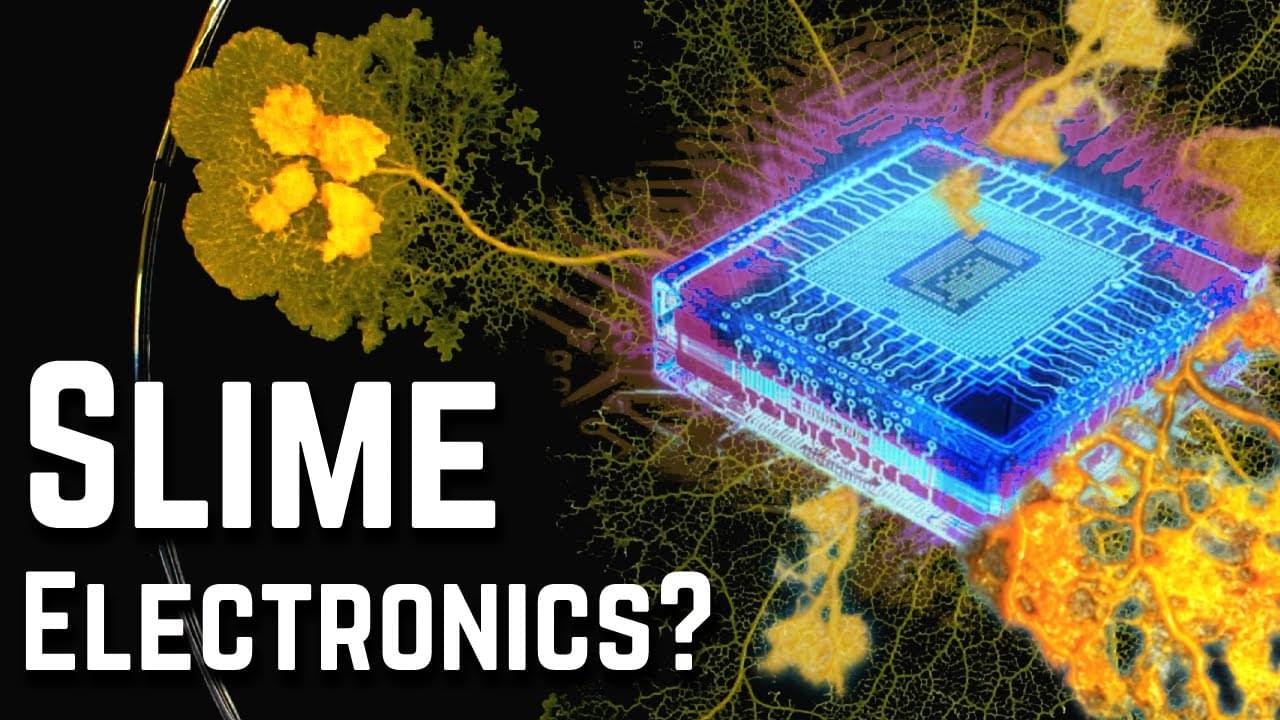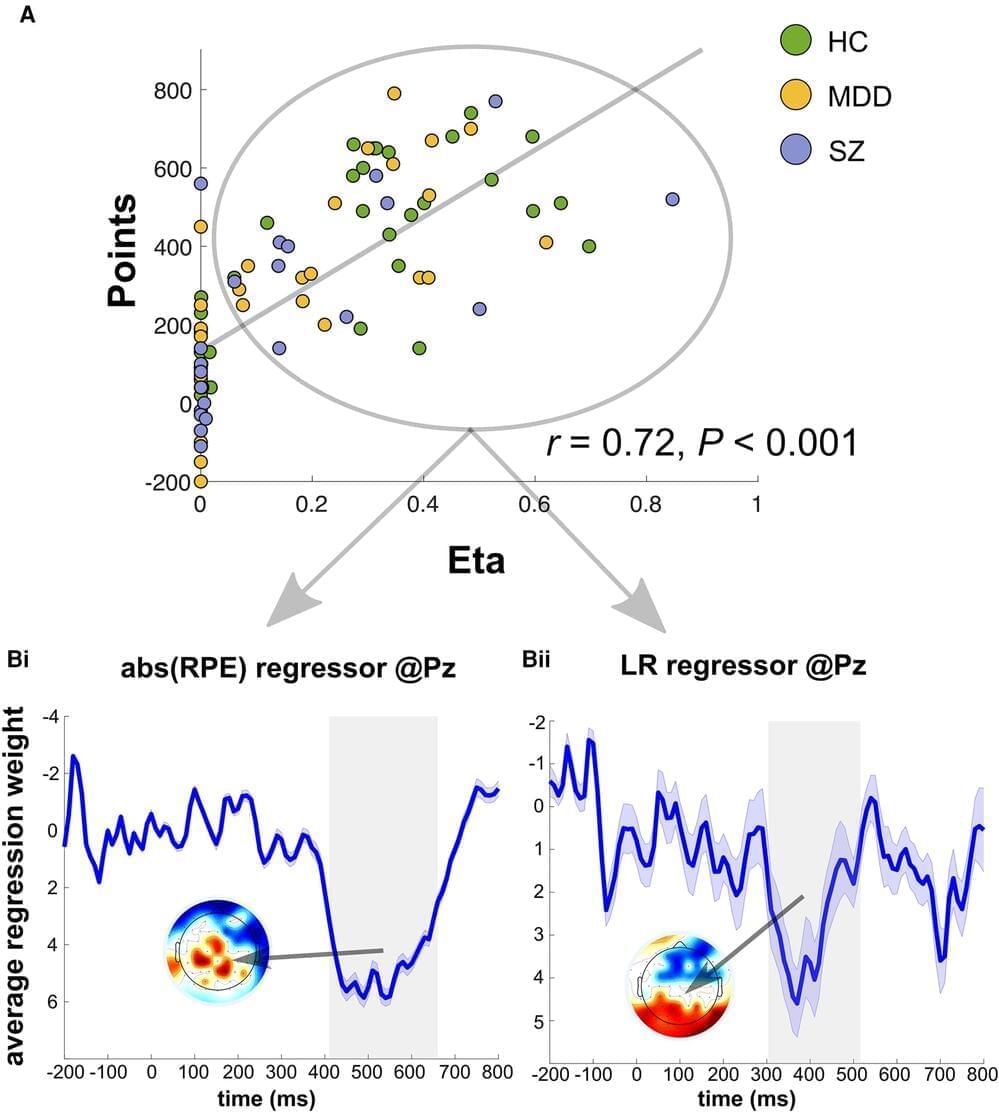New device can recognize similar patterns and operates at room temperatures.
Category: computing – Page 169
A physicist writes an article in The Conversation exploring when quantum computers might achieve quantum advantage.
Solid-state qubits: Forget about being clean, embrace mess, says a new recipe for dense arrays of qubits with long lifetimes.
New findings debunk previous wisdom that solid-state qubits need to be super dilute in an ultra-clean material to achieve long lifetimes. Instead, cram lots of rare-earth ions into a crystal and some will form pairs that act as highly coherent qubits, shows a paper in Nature Physics.
Clean lines and minimalism, or vintage shabby chic? It turns out that the same trends that occupy the world of interior design are important when it comes to designing the building blocks of quantum computers.
South Korea unveils a $473B plan for the world’s largest semiconductor hub by 2047, led by Samsung and SK Hynix, aiming for global chip dominance and 3M job creation.
South Korea’s $473B mega cluster vision! 🚀 Samsung & SK hynix spearhead the world’s largest semiconductor hub by 2047, creating 3M jobs!
A Harvard and QuEra research team conceives the quantum computer as a error-corrected quantum commuting superhighway for qubits.
The computing power of today is based on increasingly teeny tiny bits of silicon, transistors. What happens when we can’t make them any smaller, and the CPUs in our computers any faster? In this episode of Future of Tech, we explore a possible solution in the world of DNA computing.
/ @acloudguru.
Resources:
What is DNA Computing.
https://interestingengineering.com/wh…
DNA Data Storage in Azure Cloud.
Embark on a captivating journey into the world of DNA computing in this odyssey! Join us as we unravel the secrets behind this cutting-edge technology, where the building blocks of life transform into powerful computational tools. From its intriguing origins to the complex processes of molecular magic, we unravel the secrets behind DNA’s newfound role as a liquid computer. Join our enlightening odyssey as we venture through the historical milestones and the innovative techniques that have propelled this field into the future. Discover how DNA molecules, once the code of life, are now decoding complex problems, ushering in an era of limitless possibilities. Don’t miss out on this exciting adventure – the future of molecular computing awaits!\.
Cordyceps computers? Mushroom Microchips? Penicillium Processors? Fungi, like the zombie fungus cordyceps, are full of complex electrical signaling, and tod…
When learning, patients with schizophrenia or depression have difficulty making optimal use of information that is new to them. In the learning process, both groups of patients give greater weight to less important information and, as a result, make less than ideal decisions.
This was the finding of a several-months-long study conducted by a team led by neuroscientist Professor Dr. med. Markus Ullsperger from the Institute of Psychology at Otto von Guericke University Magdeburg in collaboration with colleagues from the University Clinic for Psychiatry & Psychotherapy and the German Center for Mental Health.
By using electroencephalography (EEG) and complex mathematical computer modeling, the team of researchers discovered that learning deficits in depressive and schizophrenic patients are caused by diminished/reduced flexibility in the use of new information.
A secure exchange between a merchant and a buyer has been successfully tested as a proof of concept using a small quantum computing network in China.
